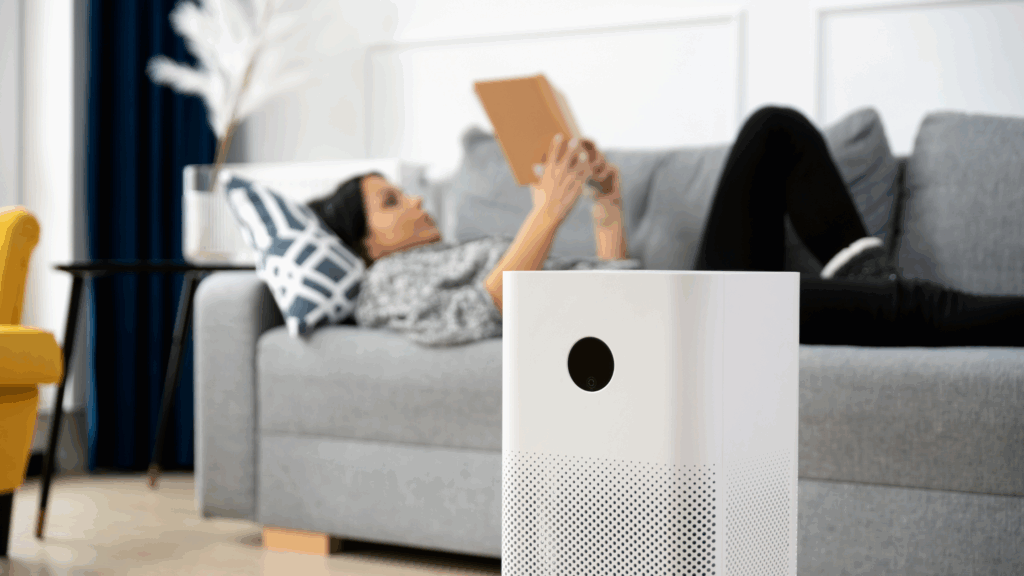We don’t have a healthcare system. We have a sick care system.
That’s the hard truth I’ve learned again and again as a provider—and it was front and center in my recent conversation with Dr. Tania Elliott on the Medical Disruptors podcast. Dr. Elliott is a board-certified internist and allergist who’s spent her career pushing back against the traditional model of care, advocating for patient-centered care. From her early days at NYU to becoming a pioneer in telehealth and environmental health education, her message is clear: we’re not doing enough to keep people well.
And the problem runs deeper than just poor outcomes. It’s a failure of design. Of incentives. Of priorities.
Let’s talk about why it’s time to reimagine what real patient-centered care looks like—and what we should all be demanding from the system.
The System Is Built to React, Not Prevent
Most doctors are trained to diagnose and treat illness. We’re not taught how to keep people healthy in the first place—and we’re certainly not paid to do it. That’s not just an unfortunate oversight. It’s a fundamental flaw.
The longer I practice, the more I see it: procedures get reimbursed. Conversations don’t. A quick test is billable. A deep discussion about a patient’s daily environment, their sleep, their stress, their moldy basement—that’s considered extra. And in many practices, it simply doesn’t happen.
That’s why patient-centered care matters more than ever. Because in a system that doesn’t reward listening, we have to fight to make the patient’s lived experience the center of everything we do.
What We Miss When We Stop Asking Questions
Dr. Elliott made a point in our interview that hit me hard: when we put patients in gowns, we strip away more than their clothes—we strip away context.
We stop seeing who they are. We lose the visual cues that might point to their job, their lifestyle, their exposures. Someone wearing construction gear tells me something different than someone in a business suit. But once they’re in that gown, they’re just another patient. Another chart. Another data point.
Patient-centered care means bringing that context back into the room. It means looking at the person—not just the presentation.
And context doesn’t stop at clothing. It’s in the home. The workspace. The air they breathe and the candles they light. If we’re not asking about it, we’re missing half the diagnosis.
Why Telehealth Isn’t Just Convenient—It’s Transformational for Patient-Centered Care
Before the pandemic made it standard, Dr. Elliott was using telehealth to walk through patients’ homes and identify triggers—real, tangible things that were making them sick. It wasn’t just efficient. It was revolutionary.
Because sometimes, the problem isn’t in your bloodwork. It’s in your kitchen.
Telehealth opens the door—literally—for a new kind of patient-centered care. One where we can see beyond the exam room. One where we can treat the environment, not just the symptoms. One where we get to say: “Show me where you live, and I’ll show you what’s making you sick.”
That’s a different kind of medicine. And it’s long overdue.

The Home as a Diagnostic Tool
Here’s something most of us never learned in training: your home has a microbiome, just like your gut. And just like your gut, it can either support your health—or quietly undermine it.
Synthetic candles. Harsh cleaners. Poor ventilation. Hidden mold. These are all factors that can lead to chronic symptoms. Headaches, fatigue, respiratory issues—all triggered by a space you think is “safe.”
Dr. Elliott’s new ebook, The Healthy Home Guide, tackles this head-on. But more importantly, it reinforces what I’ve come to believe: patient-centered care doesn’t stop at the clinic. It follows people into the places they live, breathe, and sleep.
And if we’re not looking at the home, we’re missing one of the most powerful contributors to health or illness.

Redefining What Care Should Look Like
We throw around the term “patient-centered care” all the time. But let’s be clear: it doesn’t mean longer wait times in a fancier office. It means a doctor who actually listens. A provider who connects the dots. A system that values insight over speed.
It means acknowledging that a normal lab doesn’t always mean you’re “fine.” That healing isn’t just physical—it’s environmental, emotional, and behavioral. That the symptoms aren’t always where the story begins.
Patient-centered care isn’t just a buzzword. It’s a blueprint. It’s what happens when we stop treating bodies like machines and start treating people like people.
It means asking what someone eats, yes—but also how they live. What they’re breathing in. What their cleaning products are doing to their nervous system. What their chronic stress is doing to their gut.
Patient-centered care means stepping outside the algorithm and having the courage to follow the story, not just the checklist.

What We Can Do Next
We’re not going to fix the entire healthcare system overnight. But we can start by changing how we practice—and how we advocate.
If you’re a provider, bring context into your visits. Ask about the home. Question the assumptions. Make space for stories, not just symptoms.
If you’re a patient, speak up. Your home matters. Your story matters. And if your provider isn’t willing to listen, it’s time to find one who will.
This is the heart of patient-centered care. It’s not soft. It’s not secondary. It’s the most accurate, efficient, and powerful model we have.
And it starts with asking better questions.
If you haven’t already, go listen to the episode with Dr. Tania Elliott. She’s not just imagining a better way—she’s building it. And if we follow her lead, maybe we can too.
